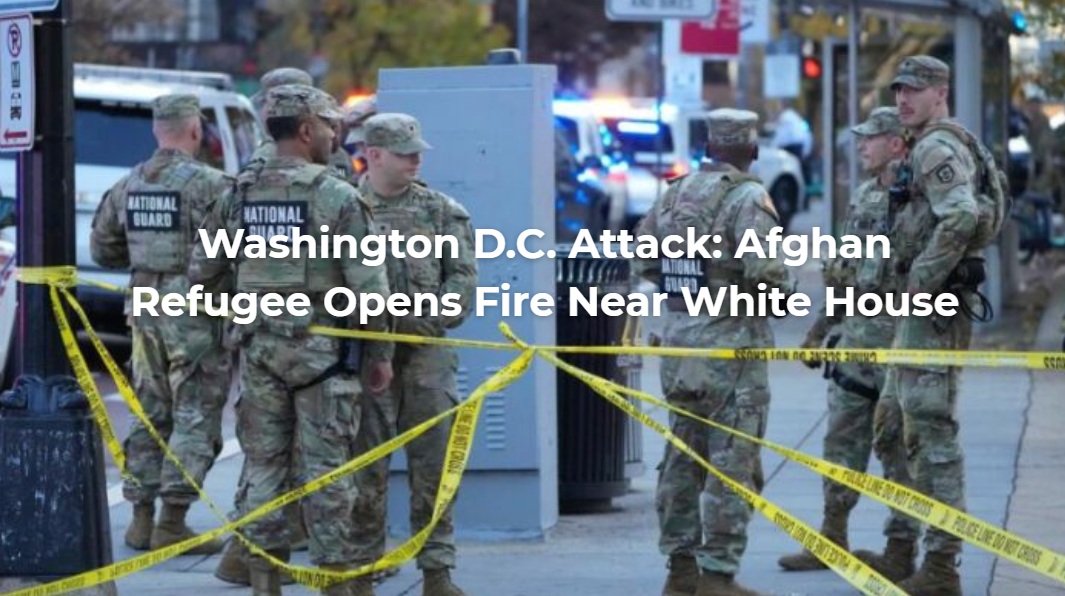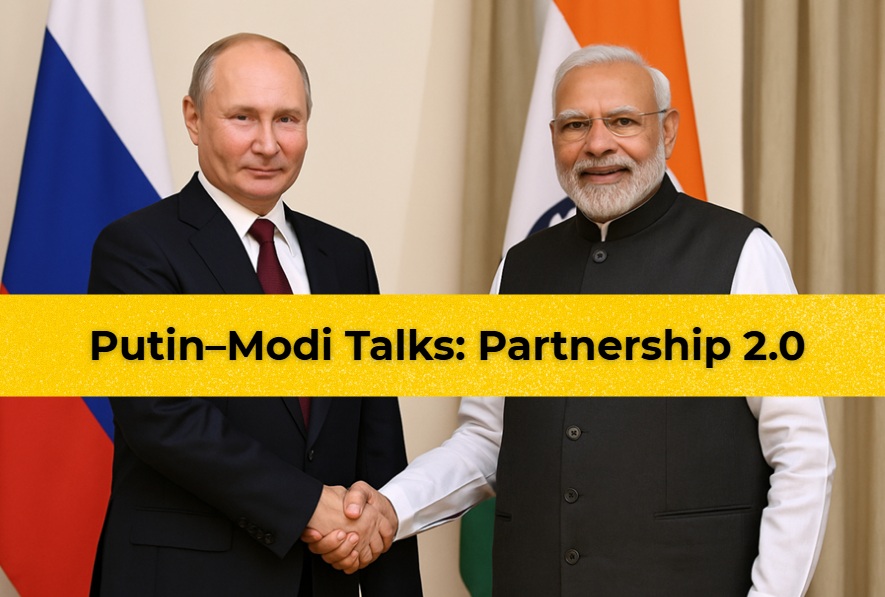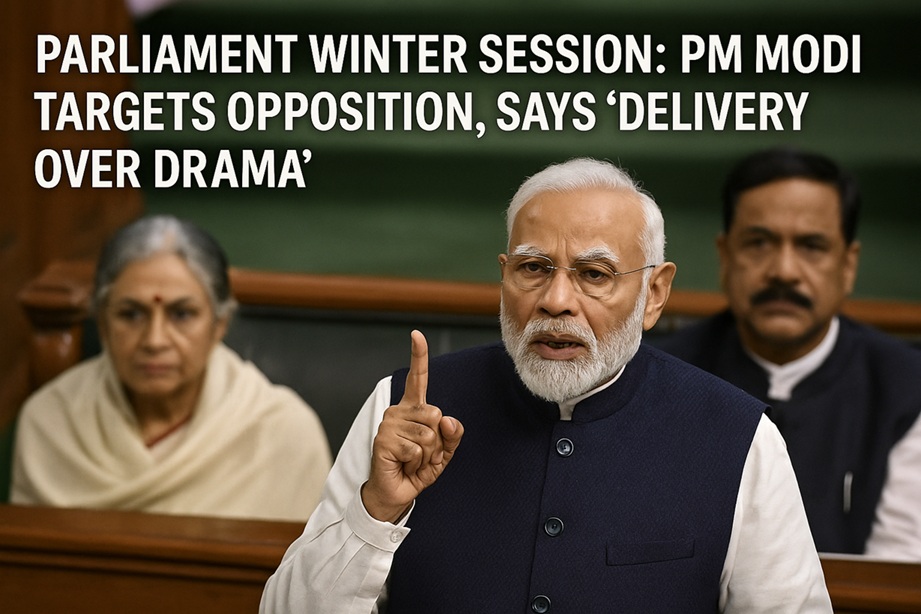Prime Minister Narendra Modi’s arrival in Tianjin, China, for the Shanghai Cooperation Organisation (SCO) Summit has set the stage for one of the most closely watched geopolitical events of the year. The summit comes at a moment of heightened trade tensions between the US and India, and amid growing global debates over tariffs, multipolarity, and the limits of American dominance.
Modi’s engagements with Chinese President Xi Jinping (after seven years), Russian President Vladimir Putin, and Pakistan Prime Minister Shehbaz Sharif place him at the center of a gathering that is more than a regional forum—it is shaping up to be a strategic counterbalance to Washington’s unilateralism.
The Shock in Washington: US Court Declares Trump’s Tariffs Illegal
Even as Modi landed in China, former US President Donald Trump received a stinging legal setback at home.
In a landmark judgment, the US Court of Appeals for the Federal Circuit ruled that Trump’s sweeping tariffs—justified under emergency powers—were illegal and unconstitutional.
The court observed that Trump had exceeded his powers by invoking the 1977 International Emergency Economic Powers Act (IEEPA) to impose duties on imports from almost every major economy. Judges noted that this law was designed to deal with terrorism, drug cartels, or asset seizures in genuine emergencies—not to arbitrarily tax goods from across the globe.
The ruling largely upheld an earlier verdict by the Federal Trade Court in New York. Although the Appeals Court allowed the administration temporary relief by permitting an appeal to the Supreme Court, experts believe the legal ground is weak. With the lower court and now the Appeals Court ruling against him, the chances of a Supreme Court reversal appear slim.
Trump reacted furiously on his Truth Social platform, calling the judgment “incorrect” and warning that removing tariffs would “destroy the United States of America.” But analysts and opposition leaders argue that it is Trump himself who has damaged America’s credibility by misusing executive authority.
For Washington, this legal defeat is more than a courtroom drama. It undermines the very tariff-based strategy Trump projected as his global bargaining chip—and coincides with Modi’s rise as a deal-maker who secures trust-based investments rather than coercive trade wars.
From Tokyo to Tianjin: Modi’s Diplomatic Two-Step
PM Modi’s China visit followed directly after his successful trip to Tokyo, where India and Japan signed a ¥10 trillion ($65 billion) investment agreement and unveiled a ten-year cooperation roadmap.
The timing rattled Washington. On the very day US negotiators were expecting to finalize tariff talks with Tokyo, Japan postponed the dialogue. Instead, it pledged long-term investment in India. In effect, Modi had turned Japan away from Trump’s tariff agenda and redirected resources to India’s development.
This was more than an economic coup—it was a diplomatic message to the US that India would not be pressured or cornered.
Xi-Modi Meeting: A Turning Point in Asia
In Tianjin, Modi’s warm reception and his upcoming meeting with Xi Jinping are being closely monitored by the White House. Both India and China have pushed back against America’s “tariff bullying,” and their willingness to engage after years of tension signals a possible reset in Asian geopolitics.
For China, struggling with global distrust due to its “debt-trap diplomacy” and dominance-driven foreign policy, India offers something unique: credibility, trust, and leadership within the Global South. For India, engaging China does not mean surrender—it means establishing strategic balance in a world where the US is losing ground.
Modi vs Trump: Two Styles, Two Futures
Trump styles himself as the “ultimate dealmaker,” but his method has relied on coercion and tariffs. Modi, by contrast, emphasizes partnership, investment, and trust.
Trump tried to strong-arm Japan—Modi walked away with a trillion-yen deal.
Trump slapped tariffs—courts in America now say they were illegal.
Trump alienated allies—Modi is building bridges across Asia, Africa, and Europe.
Former US officials, including ex-NSA advisors, have openly said Trump “flushed Brand America down the toilet.” With his approval ratings falling from above 50% to the mid-30s, his tariff strategy is being widely seen as a blunder that weakened America while boosting competitors like India.
India’s Red Lines: A Confident Foreign Policy
India has drawn three clear red lines in its foreign policy under Modi:
No external diktats on India’s domestic or external policies.
No interference in India-Pakistan relations.
No destabilization of South Asia through NGOs, regime-change experiments, or backdoor interventions.
These principles apply equally to the US and China, underscoring India’s new confidence as a sovereign power setting its own terms.
Russia’s Balancing Hand
Amid this flux, Russia has played the role of quiet mediator, easing Sino-Indian tensions and reinforcing trilateral cooperation. In a world where the US seeks to isolate Moscow over Ukraine, the Moscow-Beijing-New Delhi triangle is emerging as a powerful counterweight.
A single photograph of Modi, Putin, and Xi together at Tianjin could become a defining symbol—signaling the arrival of a new multipolar order and a direct challenge to US hegemony.
Why China Needs India
China, though an economic powerhouse, suffers from a negative global image rooted in dominance, coercion, and mistrust. India, in contrast, enjoys goodwill across the Global South as a credible, trusted partner.
For Beijing, engaging India is less about friendship and more about survival in a world where both nations face tariff wars from Washington. For Delhi, this engagement is leverage—India can sit at the balancing point of great-power rivalry.
The Larger Picture: America’s Strategic Blunder
Instead of isolating Russia and China, America’s tariff wars and unilateralism are pushing India closer to them. Modi’s deals with Japan, his outreach to China, and his coordination with Russia all highlight a shift away from US-centric global order.
The US court ruling stripped Trump of his key foreign policy weapon.
Modi’s diplomacy showed that investment and trust trump tariffs and threats.
The SCO summit demonstrated that America’s dominance is no longer uncontested.
Conclusion: Modi’s Emergence as a Global Statesman
From Tokyo to Tianjin, PM Modi is not just engaging in transactional diplomacy. He is positioning India as the voice of the Global South, a balancer between great powers, and a leader who can challenge unilateralism without aggression.
The world is taking note. For the first time in decades, an Indian Prime Minister is being described as a global statesman—one capable of reshaping the 21st-century world order.
Meanwhile, Donald Trump, once projecting himself as the world’s “deal-maker,” is cornered—his tariffs declared illegal by US courts, his credibility collapsing, and his allies drifting away.
History may well record this moment as the time when Modi’s diplomacy rose and Trump’s tariff empire crumbled.
#PMModi, #SCOSummit, #Dailydozes, #ChinaVisit, #XiJinping, #IndiaUS, #trump, #tariffs, #putin, #japaneconomy, #modidiplomacy, #economicsummit, #tokyo, #russianoil, #europe, #australia, #indiajapanrelations, #trumptariffs, #trumpstatement, #deadeconomy, #nobelprize, #brazil, #tradedeals,






